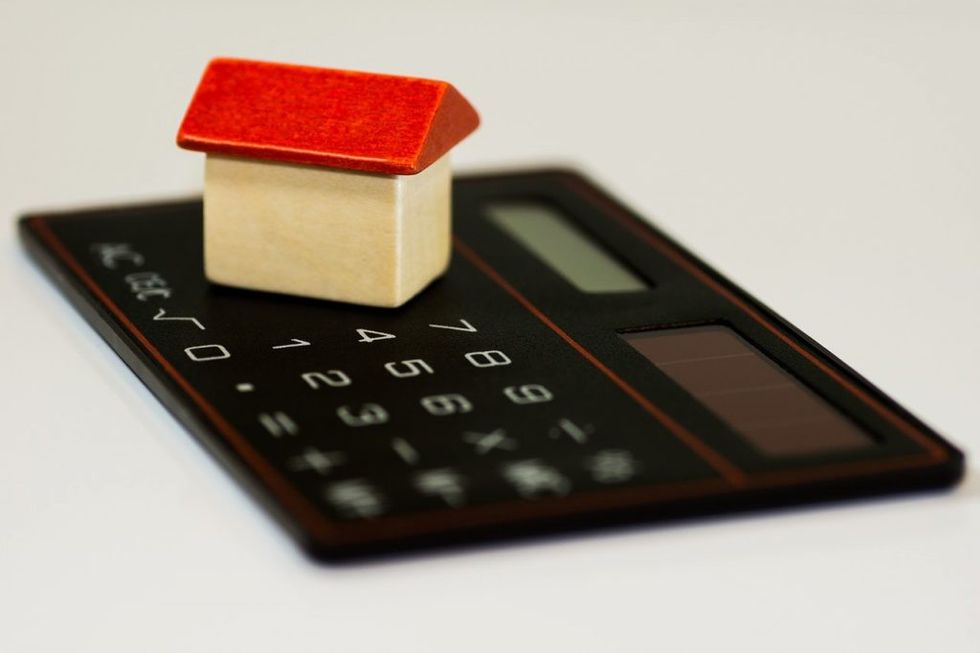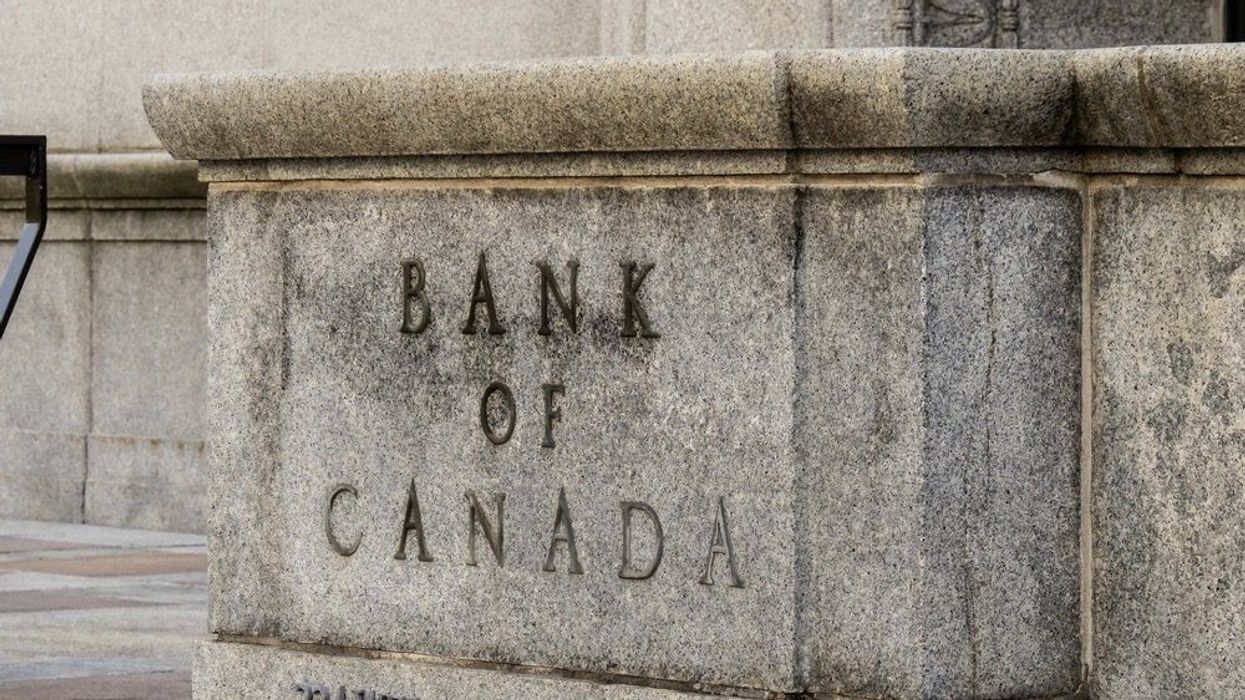The Bank of Canada has a message for concerned Canadians: it’s not “printing cash.”
Canada’s central bank took to Twitter to refute claims it was printing cash to finance the abundance of federal government spending during the pandemic.
Whereas many Canadians ignored inflation reports in the past -- aside from those who work in the financial industry -- the cost of living has become impossible to brush aside for everyday Canadians. Everything from gas to grocery bills is making much more of a dent on the wallet than it once did.
And, in an attempt to find someone to blame for red-hot inflation and subsequent sky-high interest rates, some Canadians are pointing fingers at Bank of Canada.
The bank has ramped up its Twitter activity in recent months, using the social media platform to educate the masses on the economy and how inflation works. In its most recent series of tweets, however, the bank makes a point to clear the air.
“#YouAskedUs if we printed cash to finance the federal gov’t. We didn’t,” the Bank of Canada tweeted on Aug. 25. “Keep reading to find out how we supported the economy from the shock of the pandemic.” This was followed by a series of tweets refuting the misinformed claim.
"The pandemic has been a crisis like no other. As a result, we took various measures, like buying bonds, to support and ensure a strong and stable #economy," the bank writes. "We bought existing gov't bonds from banks on the open market. Why? This helped unblock frozen markets at the start of the #pandemic. It let households, companies and governments access funding when they really needed it."
The bank says that buying bonds pulled down interest rates across the economy, which lowered the cost of borrowing and helped Canadians get through the pandemic.

"We did not use cash to pay for the bonds. We bought the bonds with settlement balances -- a kind of central bank reserve -- not with bank notes." Subsequent Tweets go on to explain the difference.
"Settlement balances don’t permanently add to the money supply," write the bank. "Unlike cash, we can remove those reserves from the system. And you can see that we’ve been doing just that." The bank then goes on to provide a link to how this strategy -- quantitative easing -- works in greater detail.
For those in the dark, the bank’s actions were in response to growing distrust; claims circulating on social media and through the mouths of some politicians that the bank printed money during the pandemic to facilitate the government handouts.
Notably, Conservative leadership front-runner Pierre Poilievre has been a vocal critic of the Bank of Canada. The controversial politician has promised to fire the bank’s governor Tiff Macklem if he is elected prime minister and has repeatedly claimed that Bank of Canada printed cash to back federal spending. This, he says, caused our maddening inflation situation.
Between the arbitrary and hasty decision making, a “do as I say and not as I do” mentality (we’re looking at you, Rod Phillips and Doug Ford), and a skewed reporting of COVID statistics, it’s only natural for the pandemic-times actions of the government to come under scrutiny.
But claiming that the Bank of Canada printed money just isn’t true (slightly tricky to understand for the average person, but untrue).





















